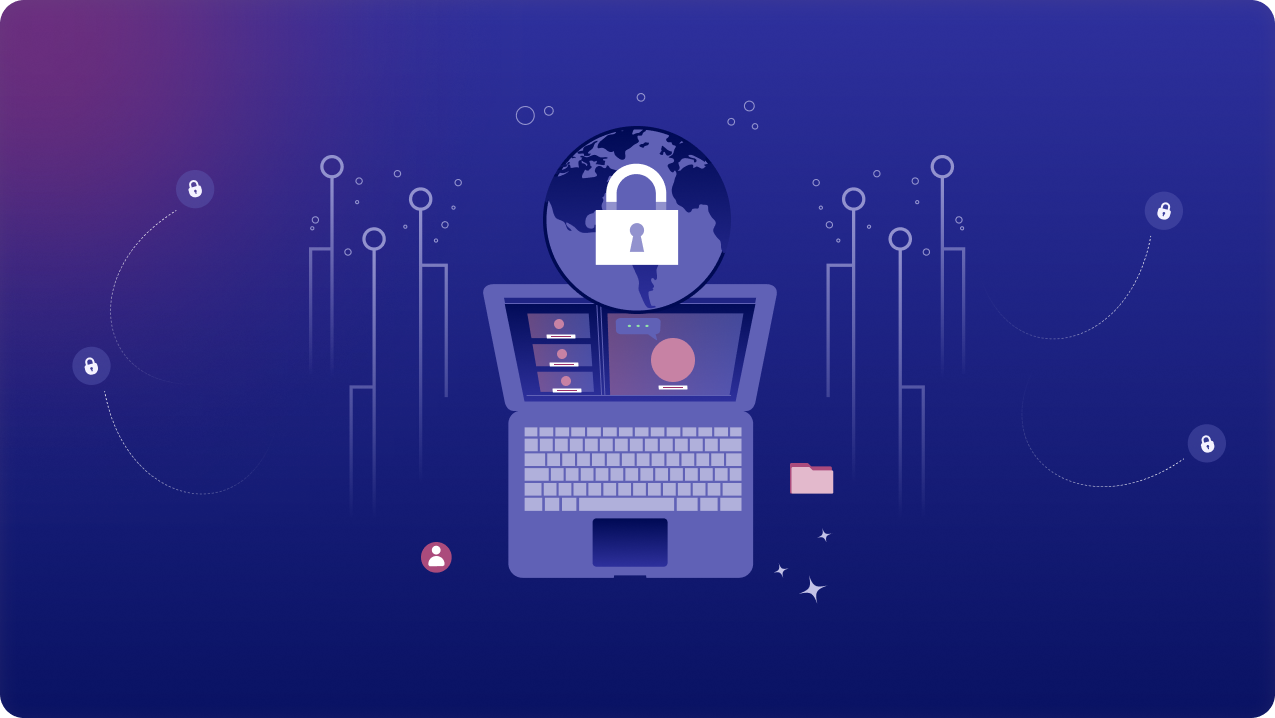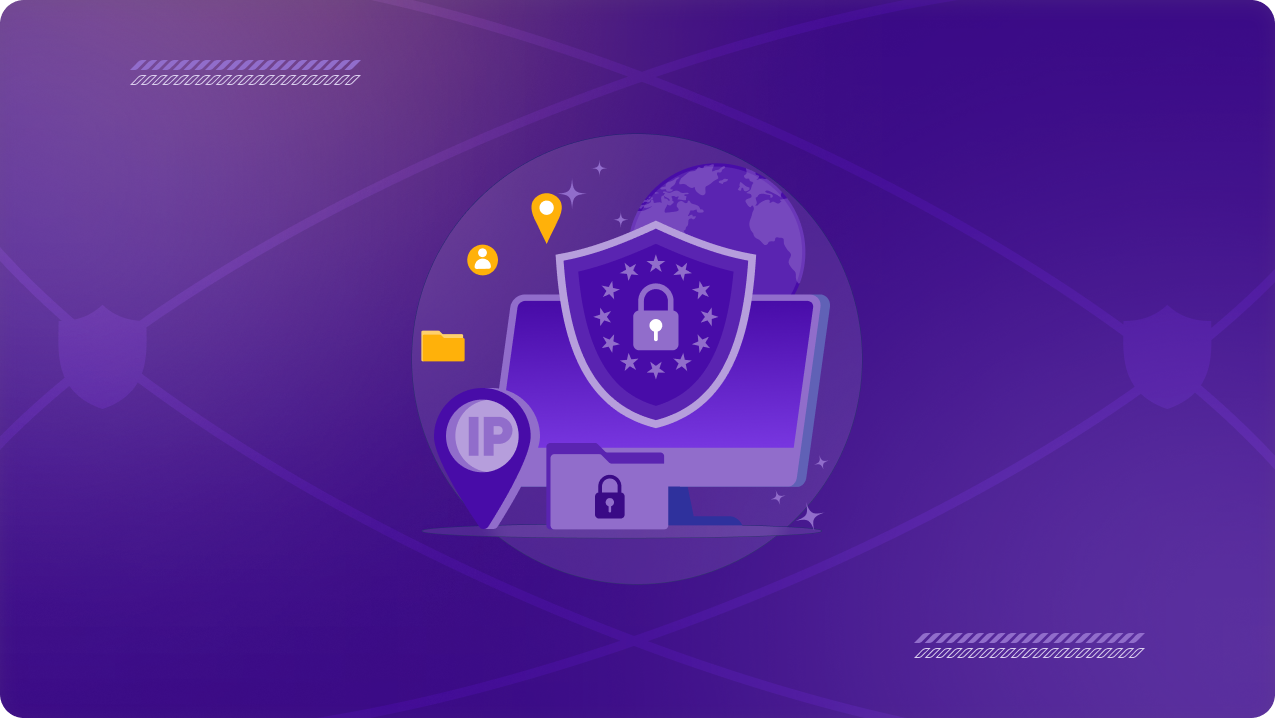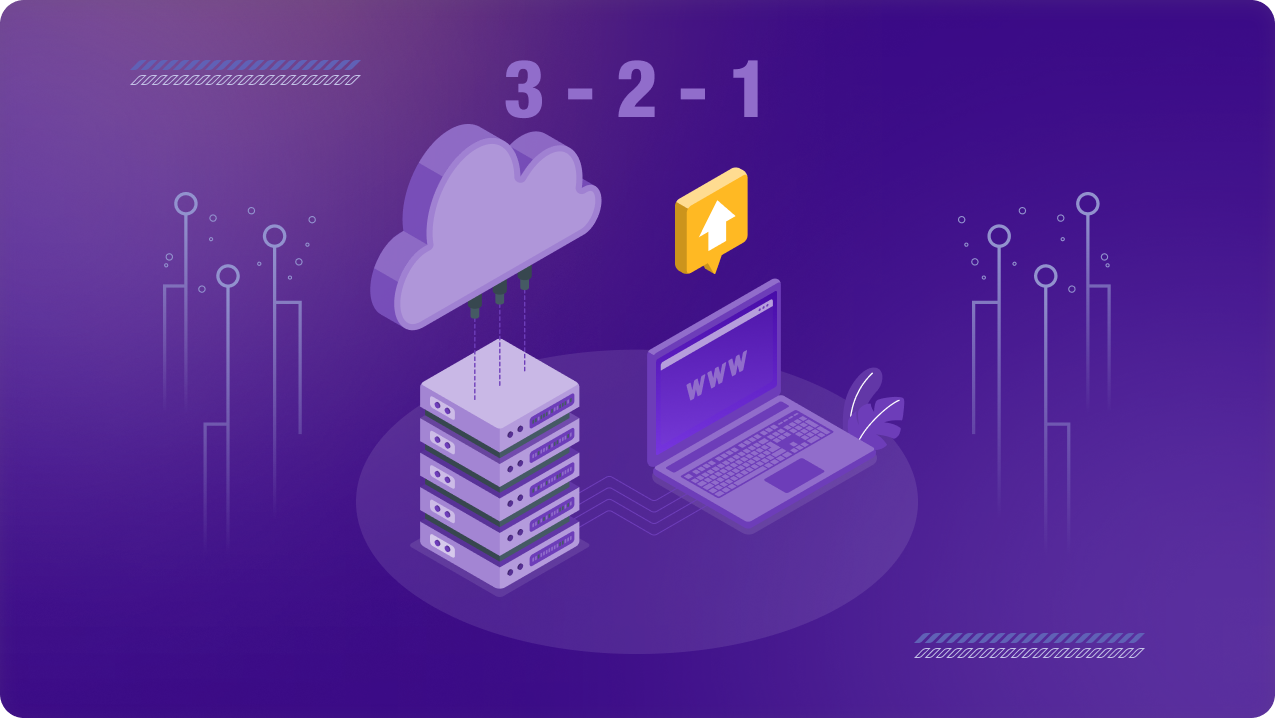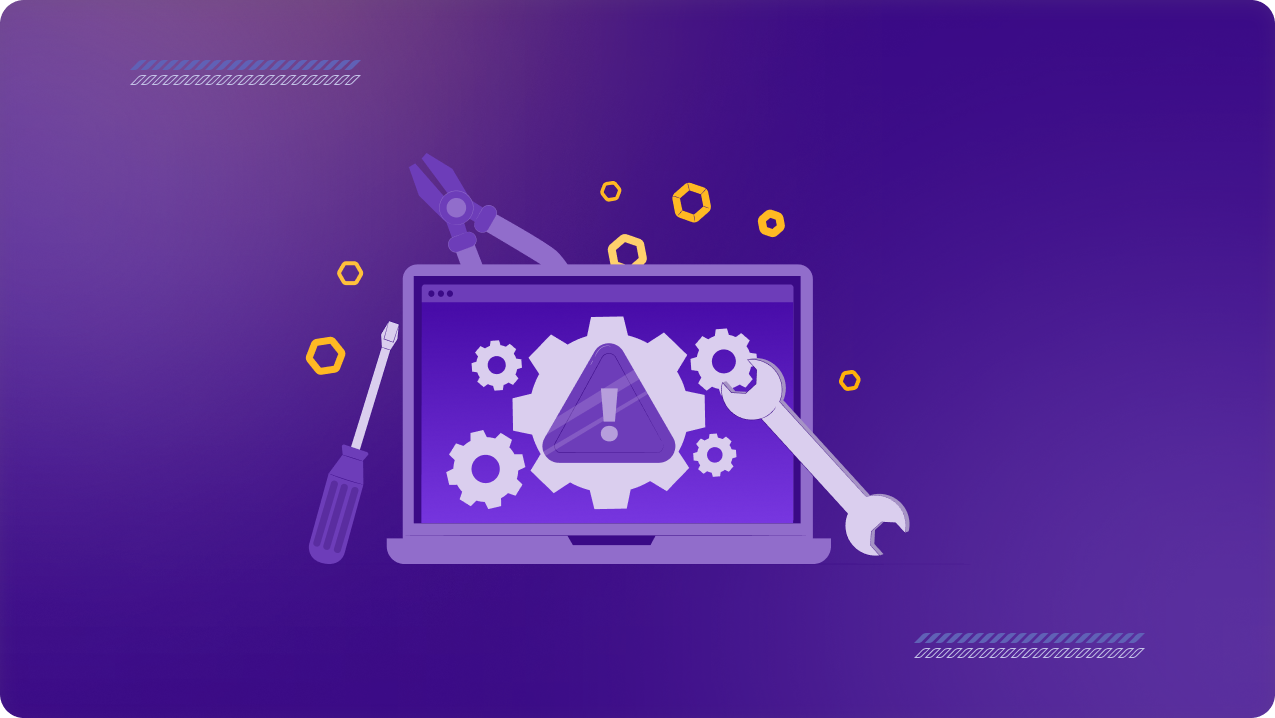Table of Contents
Around 68% of U.S. employers currently offer work location flexibility. Hybrid models? They’ve been adopted by nearly 43% of companies. So much for those predictions that 2025 would spell the end of remote work! Instead, we’re seeing this trend continue to gain momentum and evolve in unexpected ways.
Anyone who’s spent time in today’s business world has witnessed how remote work has utterly transformed organizational operations. Companies reap the benefits of cost savings and productivity improvements. Employees enjoy better work-life balance and ditch those soul-crushing commutes. But this shift hasn’t come without significant challenges – mainly when organizations try to balance strong security measures with appropriate privacy boundaries.
This guide walks through this complicated balancing act, shares some practical solutions that work in real environments, and highlights tools that might help businesses navigate these waters.
Understanding the Remote Work Security Landscape
Remote work environments fundamentally transform the traditional security perimeter. Instead of a well-defined corporate network boundary, organizations must now protect a distributed ecosystem spanning diverse home networks, public WiFi connections, and personal devices.
Each remote connection represents a potential entry point for threat actors. A typical remote worker might connect through a consumer-grade router, potentially secured with factory-default credentials, to access sensitive company resources. This creates numerous vectors for malicious actors to exploit:
- Unpatched personal devices running outdated operating systems.
- Unsecured home networks shared with multiple household members.
- Public WiFi networks vulnerable to man-in-the-middle attacks.
- Shadow IT applications installed outside organizational control.
- Unsecured remote access protocols lacking proper authentication.
The challenge isn’t merely theoretical. According to IBM, the average cost of a data breach reached $4.88 million in 2024. Considering that human error remains the biggest contributor to these breaches, that number should make everyone sit up straight.
The Privacy Dimension
While security focuses on protecting organizational assets, privacy concerns the appropriate collection, use, and protection of personal information. In remote environments, these interests can sometimes appear to conflict.
Organizations have legitimate reasons to implement monitoring tools in remote environments:
- Detecting and responding to security incidents
- Ensuring productivity and work quality
- Maintaining compliance with regulatory requirements
- Protecting intellectual property and confidential information
However, monitoring creates inherent privacy tensions. The challenge grows more complex when employees use personal devices for work purposes. BYOD (Bring Your Own Device) policies create efficiencies but raise questions about the scope of legitimate monitoring. Can organizations justify installing monitoring software on personal smartphones? Where should the boundaries lie?
Practical Approaches to Secure Remote Work
Implementing a secure remote work environment requires a layered approach combining multiple technologies and practices. The following technical controls form the foundation of an effective remote security strategy:
Secure Remote Access
Virtual Private Networks (VPNs) remain a cornerstone of remote security strategy, creating encrypted tunnels for remote connections. However, not all VPN solutions offer the same level of protection or functionality.
Business VPN solutions like PureVPN for Teams provide crucial capabilities beyond advanced encryption. It offers a user-friendly, centralized dashboard that enables admins to manage up to 1000 members and quickly provision security features – including Dedicated IPs from 30+ global locations and Team Servers that allow up to 50 members to share a single IP address.
Endpoint Protection
Remote endpoints represent critical assets requiring comprehensive protection. Modern endpoint protection platforms (EPP) combine traditional antivirus capabilities with behavioral analysis, application control, and threat-hunting features.
When selecting endpoint protection for remote environments, organizations should look beyond signature-based detection to include:
- Advanced behavioral monitoring to detect novel threats
- Application whitelisting capabilities
- Memory protection against fileless malware
- Device encryption management
- Data loss prevention features
Endpoint Detection and Response (EDR) solutions extend these capabilities by providing continuous monitoring and response capabilities. These tools analyze endpoint telemetry data to identify suspicious activities and potentially malicious behavior patterns that might evade traditional preventative controls.
Identity and Access Management
With the dissolution of traditional perimeters, identity becomes the primary security boundary. Strong identity and access management (IAM) solutions provide critical controls for remote environments:
- Multi-factor authentication to prevent credential-based attacks
- Single sign-on capabilities to streamline user experience
- Privileged access management for administrative functions
- Risk-based authentication that adapts to user context
- Continuous authentication monitoring for anomalous behavior
Organizations should implement conditional access policies that consider factors beyond credentials – device health, location, time of access, and resource sensitivity all provide context for authentication decisions. This approach allows for more nuanced security controls that adapt to varying risk profiles.
Building a Privacy-Respecting Security Program
Balancing security requirements with privacy concerns requires thoughtful program design focused on proportionality, transparency, and data minimization.
Principle of Least Collection
Organizations should adopt a “least collection” approach to monitoring, gathering only the data necessary to meet specific security objectives. This approach involves:
- Clearly defining security monitoring goals
- Identifying the minimum data needed to achieve those goals
- Implementing technical controls to limit the collection of necessary data
- Establishing retention policies that purge data when no longer needed
For example, rather than capturing all network traffic, security teams might focus on metadata analysis to identify anomalous connection patterns without inspecting actual content. Similarly, email security systems can scan for malicious attachments without retaining message content.
Transparency and Consent
Transparent communication forms the foundation of trust in remote security programs. Organizations should clearly communicate:
- What data is being collected and why
- How that data will be used and protected
- Who has access to monitoring information
- How long will data be retained
- What rights do employees have regarding their data
Privacy policies should be written in clear language that employees can understand, avoiding technical jargon or legal terminology that obscures actual practices. Regular reminders about monitoring practices, such as login banners or periodic notifications, help maintain awareness without creating surprises.
Separation of Work and Personal Environments
Maintaining clear boundaries between work and personal activities helps address many remote privacy concerns. Organizations can achieve this separation through:
- Company-owned devices with clear, acceptable use policies
- Virtualized workspaces that contain work activities
- Containerization technologies that separate work and personal data
This separation benefits both privacy and security, reducing the risk that personal activities will create security exposures while limiting organizational visibility into private communications.
Cultural and Policy Considerations
Technology alone cannot solve the security-privacy balance. Organizations must also develop appropriate policies and cultural practices.
Remote Work Policies
Comprehensive remote work policies should address the following:
- Device requirements and configurations
- Network security expectations
- Authentication practices
- Data handling and storage guidelines
- Incident reporting procedures
Security Awareness and Training
Employee education represents one of the most effective security controls for remote environments. Training programs should cover:
- Recognizing social engineering and phishing attempts
- Secure home network configuration
- Password management and authentication best practices
- Safe handling of sensitive information
- Privacy protection techniques
- Incident reporting procedures
Implementation Roadmap
Implementing a balanced security and privacy program for remote work requires a phased approach:
Assessment Phase
Begin by understanding your current environment:
- Inventory remote endpoints and access methods
- Identify sensitive data accessed by remote workers
- Evaluate existing security controls and gaps
- Review applicable compliance requirements
- Assess privacy implications of current practices
Design Phase
Develop a comprehensive strategy addressing both security and privacy:
- Define security requirements based on risk assessment
- Establish privacy principles and boundaries
- Select appropriate technical controls
- Develop supporting policies and procedures
- Create monitoring and measurement frameworks
Implementation Phase
Roll out solutions in a prioritized fashion:
- Deploy foundational controls like secure VPN connections (solutions like PureVPN for Teams provide quick deployment options with minimal disruption)
- Implement endpoint protection and device management
- Enhance identity and access controls
- Establish security monitoring capabilities
- Deploy data protection mechanisms
Continuous Improvement
Security and privacy requirements evolve continuously:
- Monitor the effectiveness of implemented controls
- Gather feedback on user experience and privacy concerns
- Track emerging threats and vulnerabilities
- Adapt controls to address changing requirements
- Regularly review and update policies
On a Final Note
Balancing security and privacy in remote work isn’t a one-time fix – it’s an ongoing process. Businesses must stay proactive, continuously refining their strategies to protect both company assets and employee trust. Whether it’s implementing secure access solutions, refining monitoring policies, or strengthening cybersecurity training, small steps today can prevent major risks tomorrow.





